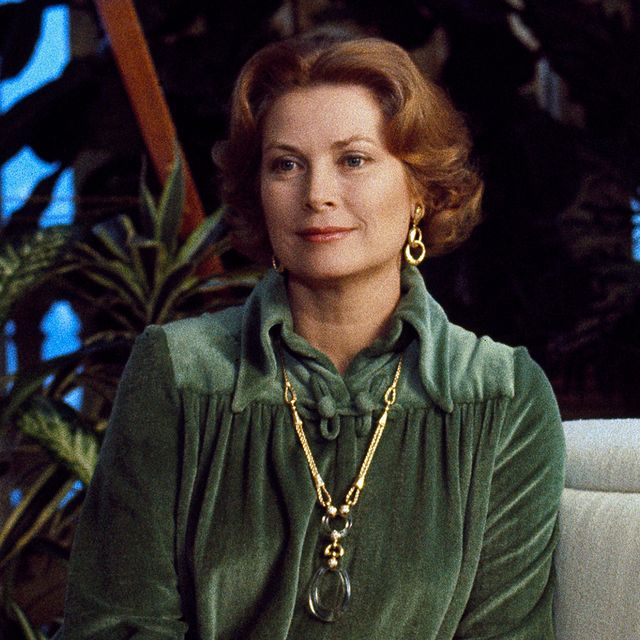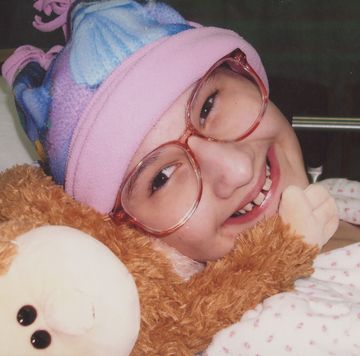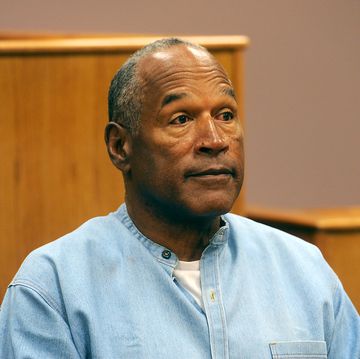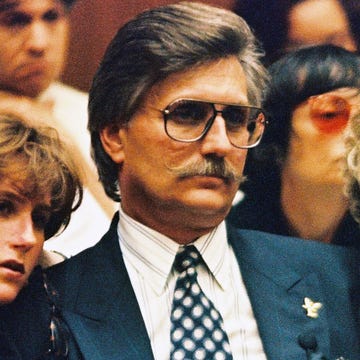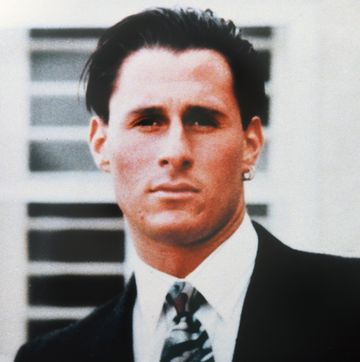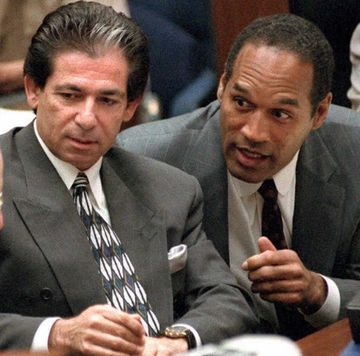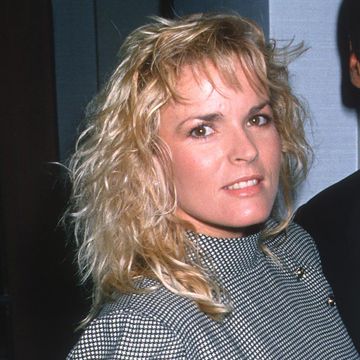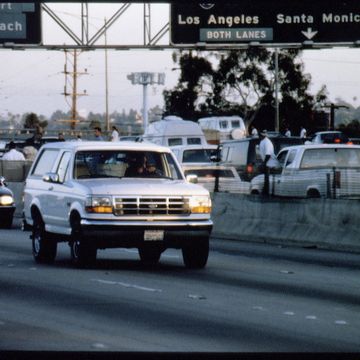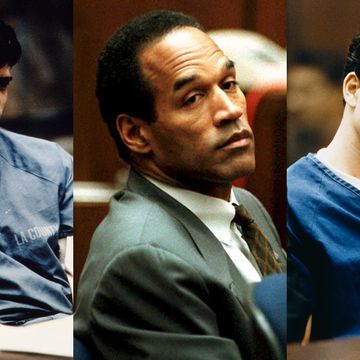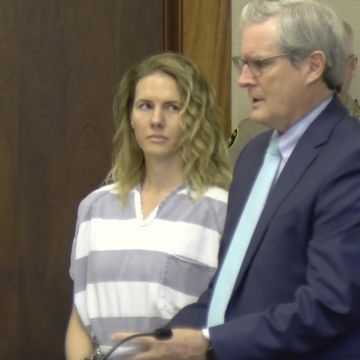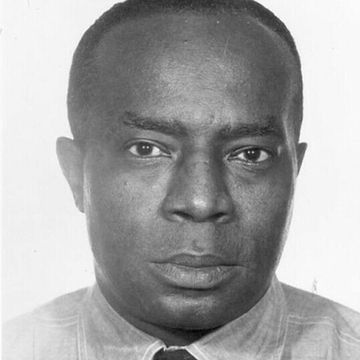She was the epitome of Hollywood glamour and transformed that into real-world flair when she married royalty, but ultimately Grace Kelly — who became Princess Grace of Monaco — was only human. When her car tumbled off the cliff of a winding road in Monaco on September 13, 1982, even her ethereal nature couldn’t save her — and she was pronounced dead the next day at the age of 52.
When word first got out about her tragic accident, her injuries didn’t seem life-threatening — or at least it wasn’t reported as such in the press. So the announcement of her death on September 14 sent shockwaves through both her home country of America and her adopted nation of Monaco, where she lived for the last 26 years of her life.
At a time she should have been helping her youngest daughter, Princess Stephanie, then 17, get settled at school in Paris. Instead, she was being mourned by notable names like Nancy Reagan, Princess Diana and Cary Grant at the Monaco Cathedral on September 18 in a 75-minute funeral service watched by about 100 million viewers on television.
Officially, her death was determined to be the result of two intense strokes — and her family decided to remove her from life support since she was already declared brain dead, according to the Washington Post.
But even decades later, questions surrounding Kelly's untimely death still arise, turning her passing into one of the greatest mysteries of both Hollywood and European monarchy.
Why was Kelly driving?
Kelly was never a huge fan of driving. So the fact that she was behind the wheel on that fateful drive from the family’s farm at Roc Agel in France back to their palace in Monaco was a bit of a surprise. While it was only about 12 miles away, the drive would take about 40 minutes because of the winding roads.
But perhaps she was simply in mom mode that Monday. After all, Stephanie was going to start at a Parisian school on Wednesday and they had train tickets to head up there together. Their chauffeur pulled their green Rover 3500 around so they could load up the car. Kelly brought an arm full of dresses and laid them across the backseat and a maid came with the rest of the dresses and some boxes. By the time all the garments were in the back, there wasn’t room for anyone.
For efficiency's sake, Kelly said she would drive. The chauffeur insisted he could take them and come back for the dresses, but Kelly was persistent, according to an excerpt from Jeffrey Robinson’s Rainier and Grace: An Intimate Portrait in the Chicago Tribune.
How did the car fall off the cliff?
So Kelly and her daughter hopped into the car. At one point along the way, there was a sharp bend, requiring a 150-degree turn — and that’s where things went wrong. The vehicle went through a retaining wall and tumbled 120 feet down the slope.
Initially, there were rumors that Stephanie — who survived the accident and suffered a broken collarbone and ribs, as well as cervical fractures — might have been driving even though she was underage and unlicensed. The theory stemmed from Sesto Lipio, a local who said he’d seen the girl in the front and the woman in the back — even though two other eyewitnesses said they saw Kelly driving.
In 2002, Stephanie finally spoke out on the rumor. “I was not driving, that's clear,” she told Paris Match. “In fact, I was thrown around inside the car like my mother, who was catapulted onto the back seat... The passenger door was completely smashed in — I got out on the only accessible side, the driver's.”
Were Kelly and Stephanie arguing before the crash?
Another popular rumor that sprung up was that Kelly was distracted because she and Stephanie were in a heated conversation since the teenager wanted to marry her boyfriend at the time, the son of French film actor Jean-Paul Belmondo, a racing car driver named Paul.
But Stephanie has said their discussion is “strictly between the two of us” since “certain secrets, certain images, certain things about this story that belong to my heart.”
Did the car's brakes fail?
Since there were no skid marks, the car was accelerating the entire time it went off the cliff. A witness driving behind them said he never saw the brake lights go on.
When the car was found, the gear was in the parked position. “I was about to take my driving test, I knew you had to put it in park to stop the car,” Stephanie said of attempting to prevent the accident. “I tried everything — I even pulled on the handbrake. Did my mother confuse the brake pedal with the accelerator? I don't know.”
Other reports pointed fingers at the car manufacturer saying that perhaps the 11-year-old Rover’s brakes failed. Engineers from the company even flew in to investigate. No malfunctions were found.
But one thing was known for sure: Neither of them was wearing a seat belt.
Was Kelly healthy enough to drive?
The final weeks of summer hadn’t been easy on the princess. There were reports that she had high blood pressure (later those reports were denied) and that she was going through menopause.
“She wasn't feeling too well,” her older daughter Princess Caroline said in the Chicago Tribute book excerpt. “She was incredibly tired. The summer had been very busy. She hadn’t stopped going places and doing things all summer long. She’d done too much. She never mentioned it or complained about it though — but she wasn’t in great form.”
At some point during the drive, Stephanie remembered her mother saying she had a headache — and then it seemed as if she suffered a sudden pain and blacked out before the car went over the edge.
Why was the gravity of her condition originally underreported?
Dr. Louis Chatelaine of Monaco Hospital, who treated Kelly, said she suffered two strokes — one before the accident and then another because of the accident — and that immediately her chances of survival were low since she was technically brain dead from the two incidents, according to the Washington Post.
But that wasn’t what the rest of the world learned. Originally the official announcement said that she had some broken limbs. In fact, the severity of the issue was so covered up that even palace staffers were told to continue their vacations. Palace spokesperson Nadia Lacoste was on vacation too, perhaps limiting the information being relayed through the proper channels. Some of the staff members found out about the stroke on the Thursday after her Tuesday death by hearing it on the radio.
Whether the news was purposefully downplayed or the intensity of the situation wasn’t clear to those making the announcement remains unclear. But two physicians close to the issue didn’t love the way it was handled. Dr. Jean Duplay, a neurosurgeon in Nice, told the New York Times that “the communiques were administrative ones, not medical bulletins,” while Dr. Jean Chatelain, a surgeon at the Monaco hospital where Kelly died, said the announcements were “gabrage.”
Did the hospital follow the correct procedure?
Duplay also noted that when he was called to the hospital — ironically named after Princess Grace — at 12:30 p.m. following the accident (they had left their home at about 10 a.m. and were taken to the hospital about 10:30 a.m.), Kelly had been given anesthesia, so she couldn’t be moved to a unit with a scanner.
While a smaller private clinic in Monaco had a scanner, as did a facility in Nice, this particularly large Monaco hospital did not.
Later in the day, she did get to the clinic and get a proper scan — which revealed the cerebral hemorrhaging. But that evening, it was clear how grave the situation was. Would an earlier scan have changed things? That will always remain a question, but doctors insist it came at the right time.
About 6 p.m. on Tuesday, September 14, 1982, Kelly was removed from life support and pronounced dead.
The decision was made by her husband Prince Rainier III and agreed upon by his children Caroline and Albert II. (Stephanie was told about her mother’s death two days after the accident, as she was recovering from her own injuries.)
She was already brain dead and they didn't want to keep her alive artificially. After about four hours of consultations, they made the difficult decision.
Why were there so many conspiracy theories for years to follow?
Years after the 1982 tragedy, theories continued to spring up about what really happened that day. But Prince Rainer III chalked it up to the media trying to make headlines.
“They did their best to keep the story running and didn’t show much human compassion for the pain that we were suffering,'' the Prince, who died in 2005, said around 1989. “It was dreadful.”
“When the press makes up a story about the Mafia wanting to kill Grace — though I can’t for a moment see why the Mafia would want to kill her — if there was some interpretation that seemed even only minutely possible, I’d say, all right. But when they keep rehashing the story that Stephanie was driving and they know it’s not true, when they know it’s been proven that she wasn’t driving, it hurts all of us.”
No matter how many years have passed, Stephanie still feels the weight of being the one by her mom’s side in her final moments. “There was so much magic that surrounded Mom, so much of that dream, that in some ways she almost stopped being human,” she said, according to the Chicago Tribune. “It was difficult for people to accept that she could do something so human as to have a car accident. People figured I must have caused it because she was too perfect to do something like that. After a while you can’t help feeling guilty.”
How did Kelly want to be remembered?
In perhaps the most happenstance twist, even though Kelly rarely did interviews, she had an intimate chat with Pierre Salinger on June 22, 1982 — less than three months before her death — for 20/20, in which he happened to ask, “I know it’s much too early in your life to ask you think the question, but at some point, somebody’s going to ask it to you, how are you going to want to be remembered?”
After a pause and hesitation, Kelly said, “I suppose I think mostly in terms of my children and their children, how they will remember me. I would like to be remembered as trying to do my job well, of being understanding and kind.”
When pressed if she’d want her acting career — including films like 1952’s High Noon, 1954’s The Country Girl and 1954’s Dial M for Murder — to define her, she got modest: “I don’t feel as though I achieved enough in my career to stand out more than many other people. I was very lucky in my career and I loved it. But I don’t think I was accomplished enough of an actor to be remembered for that particularly. I’d like to be remembered as a decent human being and a caring one.”
Salinger even asked what other life she’d dreamed of. “Oh, there are lots of things,” she said, whimsically. “If I had to be reincarnated, I think I’d come back as one of my dogs. They have a very happy nice life and a very easy life.”
